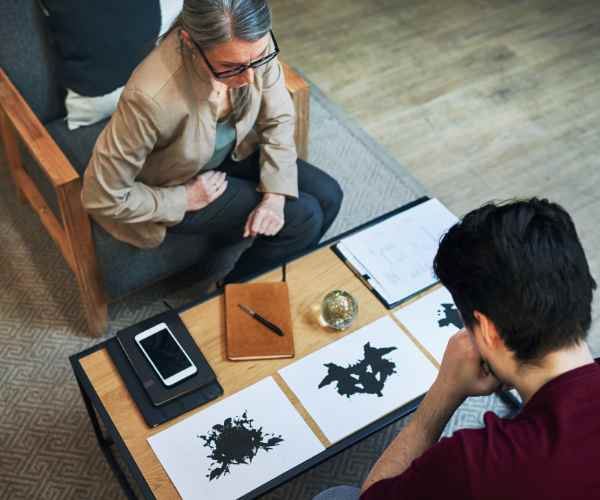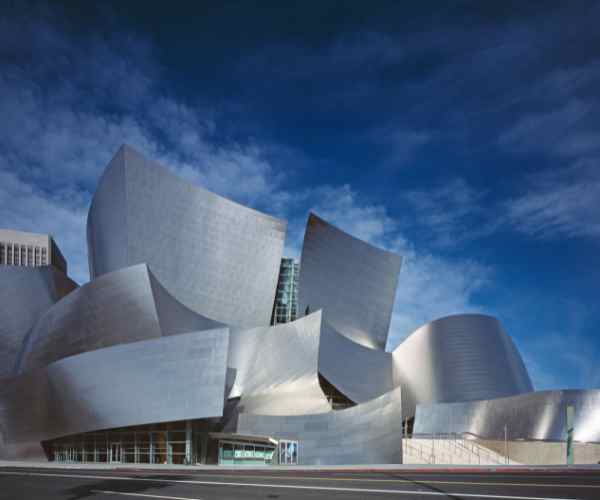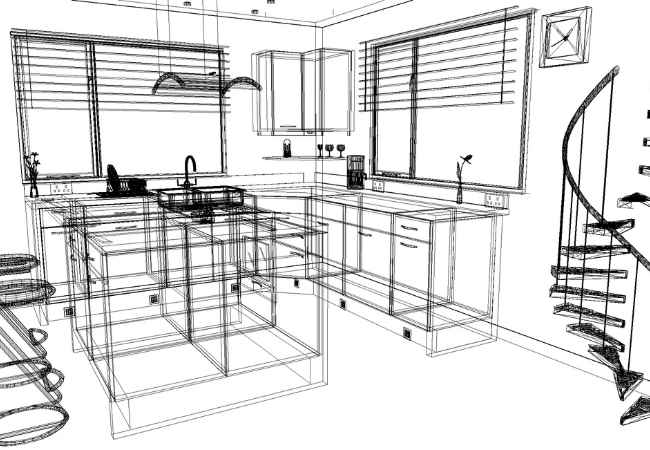Over the years different urban public art projects have emerged, and these projects have transcended aesthetics to become a part of the overall city image. Not only do they beautify cities, but they also aid in its cultural preservation and heritage by making seemingly ordinary places into noteworthy sites.
In this article, we are going to look into the importance and contribution of public art installations and objects to the various people and economies around the world. These pieces serve as tools in redefining identity and place, art in relation to public space serves as a medium to reconstruct and improve our shared space as a society.
What is public art?
Per the definition, public art is a broad category that includes almost any kinds of art work placed outdoors, such as street artworks, sculptures and even digital and interactive art. In most cases, these items are meant for outdoor exposure, which is why they are found in areas with high footfall such as streets, parks and other community venues.
Looking back on art history, far from notions of public art being sculptures or monuments as we know it, it has expanded to the turning and occupative outreach with more contemporary analysis. For instance, public art use to solely refer to monuments and other statues that were built in honor of prominent individuals, however, now, new forms of public art includes the use of technology and other media, and are considered more progressive.
A noticeable installation of public art in Chicago within Millennium Park is called the Cloud Gate. The sculpture which is popularly known as “The Bean” was designed in collaboration with Anish Kapoor and has since become a well known representation of the city and an attraction for tourists as well. Richard Serra also created Tilted Arc. This sculpture was located in Federal plaza within New York and had originally been created in a bid to alter the sense of space the structure occupied, although it led to some significant discussions and debate.
How Public Art Affects Community Engagement
Tomography
There is no doubt that the effect of public art on the metropolitan landscape means great improvement to the already existing aesthetic appeal of that very setting by greatly increasing its status. In this sense then the Heidelberg Projects in Detroit are an excellent demonstration of the power of art to change communities .tyree guyton, the artist, conceived of this project as an attempt to convert the nest which is composed of collapsed homes into colorful works of art in order to instill a sense of ownership in the community and ultimately get the place recognized for its culture.
Art installations like the one featured in this image first and foremost serve to enhance public spaces but also make cities more appealing to tourists. In addition, these remarkable pieces provide remarkable esthetic experiences, which in turn enhances life quality in cities. The National Endowment for the Arts has conducted a study which showed that cities that emphasize art in public places experience an increase in tourism and even interests from new possible residents.
Building Community Identity
There is no doubt that public art has a meaning and a functional connection to the local context and society. It incorporates ideas based on history, geography or culture and art projects makes the locals feel inclusive and proud of their own community.
The favela painting in Brazil is one perfect example of how such art can be such a strong way of displaying and sustaining culture. These murals depict so much with stories made by locals in artists, to not only make the area look better, but make people feel better through the history of the community.
Such community art projects that are created with the involvement of local residents in the art-making process create bases for different ownership and ownership. This switching of roles ensures that the community and its culture will be truly reflected in the works of art.
Facilitating Social Interaction Promoting Public Art
Art Circulation promotes social interaction through its public gathering areas. Participation-oriented art pieces promote conversation and connection amongst people, rendering public space more vibrant and welcoming.
For example, artifacts located in Millennium Park are examples of participatory installations that make the audience both the performer and the spectator of the artwork within the park, thus creating a sense of community. And street arts and murals often become the events’ art works and serve as a place of the parties’ upholding and add to the social aspects of the cities.
Community interaction can especially be stimulated by murals and street arts. Usually, they are conversation piece or place for people to assemble, making the society in that region more integrated. A research executed by University of Pennsylvania states that social arts practices that are participatory can contribute to social interaction and also reduce the crime rates in the community and thus improves urban life.
The Economic Benefits of Public Art Projects It assumes.
External Boost of the Area’s Economy Public art projects can push for economic growth due to the increase of tourists and the development of the local businesses. The cities that have large public art projects are likely to have many pedestrians, which translates to more sales on the stores, cafes and other businesses around that area.
To illustrate, the installation of public arts in New York City has attracted a lot of visitors, which in turn encourage them to browse the nearby locations. Chicago’s millennium park also comes to mind. The local economy is sustained in part by the millions of tourists that this city receives every year due to remarkable artworks such as Cloud Gate and Crown Fountain located in the millennium park.
Along with economic drivers, public artwork can become an important catalyst for urban neglect. It is possible that uncharged and undeveloped areas will have more attractive art cost and convince investors: the high line in New York City new York City is a perfect example as a former overhead railway was transformed into a lively parks in which art pieces were exhibited. It improved the quality of the space for the people and also made great profits because of the invested funds, which in turn helped increase the wealth of the area receiving the funds.
Appreciating statistical values
The integration of community-focused art into a geographic region re-imagines and enhances the cultural aesthetic of a town or city, which leads to the rise of property values. Conducted research indicates that the appreciation rates for properties are notably higher in regions with art installations, which can be attributed to public art as a valuable asset to real estate.
Public art installations lead to the appreciation of neighborhood places and a paper from the National Endowment for the Arts indicates this. However, it is even more pronounced when the purpose of the art is to create place attachment. For example, after the installation of the Hollis Taggart sculpture near the gates in Central Park NYC, the property prices in the region increased significantly due to the increased art value of the place.
With the research conducted from the University Of Pennsylvania supporting the information that real estate value increases with public art installation people not only have heightened properties, but actively engage with the community.
Challenges and Considerations in Public Art Projects
Funding and budget constraints
Acquiring requisite financial support for public art initiatives is a common issue facing many people. Numerous projects utilize crowdfunding initiatives, grants as well as mixed funding strategies in order to raise sufficient funds. Getting in touch with local retailers or community organizations is an example of creative financing and it also serves to mitigate the problem of the limited funds.
A notable feature of public art projects is that various ways are sought to overcome the challenges presented by lack of funds and logistic issues. For example, the Heidi Hough Art Foundation was able to implement public art projects through grants and funds raised by the community. This method exemplifies how alternative means of funding can make it possible to organize exciting art projects without trivializing art for the public.
Public Perception and Controversy
Public art is sometimes criticized or misunderstood, especially regarding the form it takes and the places it is appropriate to be sculpted . Controversy often surrounds an art piece and whether or not it sits comfortably with community ethics or the purpose of the space.
Another prime example is The Gates, located in Central Park and made by Christo and Jeanne-Claude. Although this project was recognized for its unique and eye-catching design, it also raised debates about its necessity and price. This instance shows how critical it is to reconcile one’s sense of artistic pursuit with that of the pragmatic community for public art to be realized successfully and endured over time as well.
FAQs
What is the goal of creating public art?
Public art is meant to beautify these spaces, strengthen their image and promote common cultural engagement. Its main goal is to add life to cities and make them more user friendly to their people by adding aesthetics and interactivity. Public art converts otherwise simple spaces into a culture hierarchy that lol helps the residents or tourists enjoy and appreciate what would be considered exquisite art. For instance, the Gates in Central Park in New York was intended to be a temporary alteration of the park, its aim being to make the park look beautiful and to provide an interactive experience to the people.
How does public art impact local communities?For Appeal in the community
There is now a much better understanding of the multifaceted impact of public art on a community. There has been a remarkable improvement in his sense of belonging as public art installations also serve as a reflection of a place and construct it. Through use of art installations, there is enhanced social interaction as common venues where people gather and engage with the art are created. Public art also helps to beautify the community and increases its liveable conditions. One such case is the Heidelberg Project in Detroit that has turned the area into a collage art and the community has grown proud of the transformation.
What are some examples of successful public art projects?Public art verb projects that used to be of little economic significance are now gaining value and distinction.
The Cloud Gate in Chicago and the Heidelberg Project in Detroit are prominent examples of successful public art projects. Cloud Gate, known affectionately as “The Bean,” is now located at the foot of the east side of Millennium Park and has attracted vast of people thus helping to build Chicago as a brand. Heidelberg Project meanwhile proposed a series of art works created in a Detroit neighborhood that had seen better days. Today, it remains installed in the open, involving the residents and addressing certain issues in the community. This change alone, has made a considerable difference to the neighborhood further strengthening its contribution to local culture and local businesses.
How does crowdfunding for public art work? How does donating to public art work? How does supporting public art work?
Public art is financed by public funds, crowdfunding, private sponsorships, and grants. Many communities have a designated budget or programs for these projects which are funded by the local government or municipalities. Recently, there has been a growing trend to create art through the process that enables the community to fund the art through crowd raising donations. Some of the projects like the TPL in New York City have successfully worked for the purpose of generating funds from various organizations for managing and enhancing the bare urban spaces.
What are the most common challenges which confront you in social art projects? Can you be faced with challenges when doing public art?
In most cases, public artworks tend to lack funding, face negative publicity, and are likely to face controversy. Indeed, there are limits on both scope and scale which calls for innovative financing solutions. The installation of public art is usually contentious when its action instigates even the slightest shift in the pre-existing status. The artwork dubbed The Gates demonstrates this kind of controversy. It becomes critical to do a balancing act between community viewpoints and the artistic perfection in execution of what is within the framework of the local expectations.
Conclusion
Lastly, looking at public art at scale shows how it can influence our cities, our social interactions and the economy. They make cities look attractive, help develop a strong sense of community, and help strengthen economies. In this regard, as the scope of public art expands, it will remain an indispensable tool in enhancing our environment and the quality of life for people. Deliberate design and inclusion of users in the planning and execution can make public art recontextualize urban spaces and add cultural value to the cities.
More Post
- Why Is Criticism Essential in Art? Exploring Various Perspectives
- How Does Collage Art Blend Different Media and Messages?
- Art in different cultures examples: Diverse Expressions of Beauty
- The Business of Art: Navigating the Modern Art Market
- Children and Creativity: Teaching Art to the Next Generation



